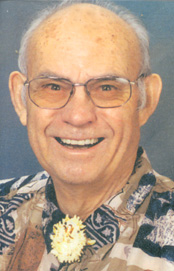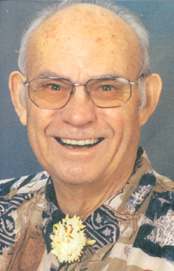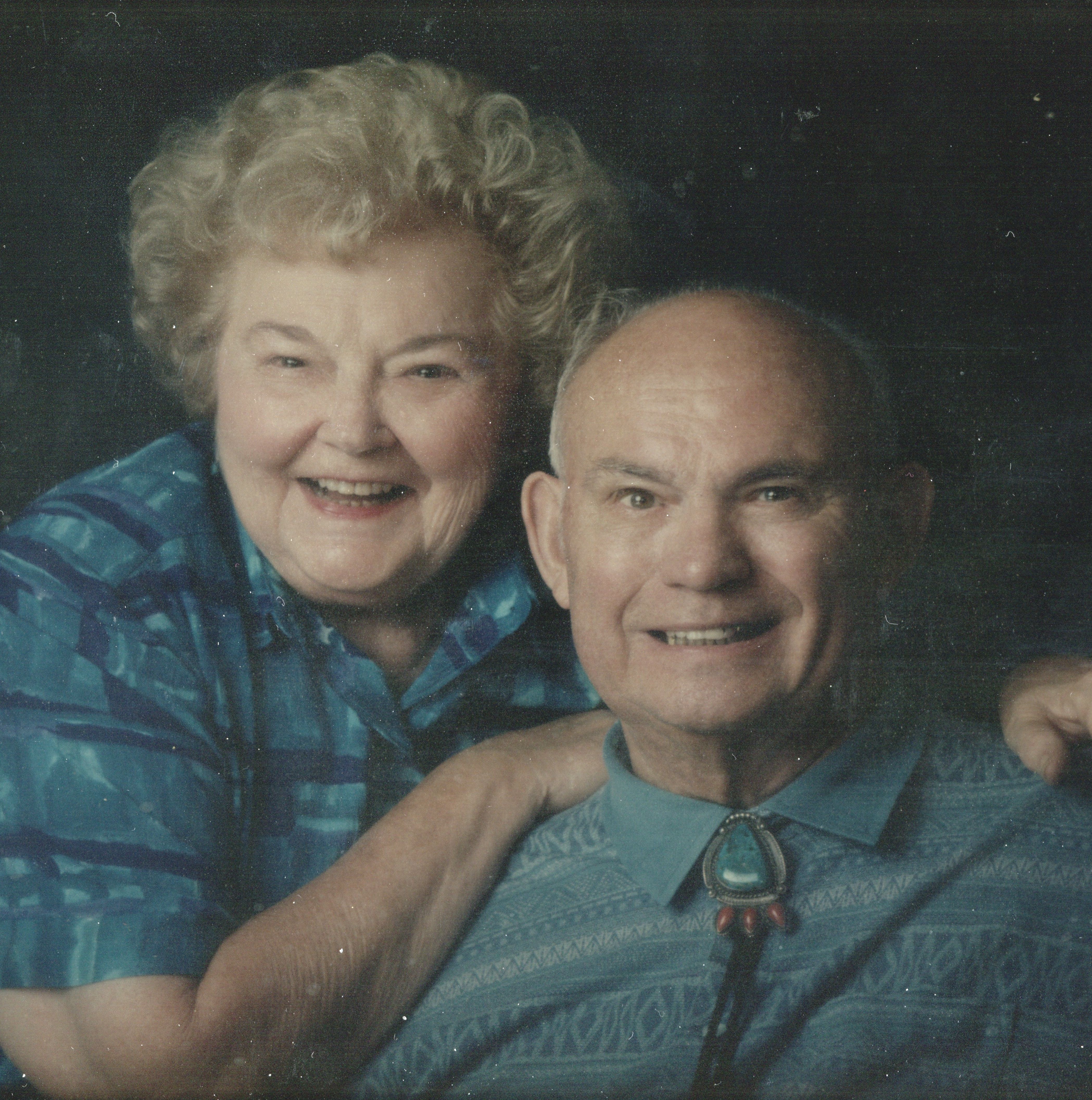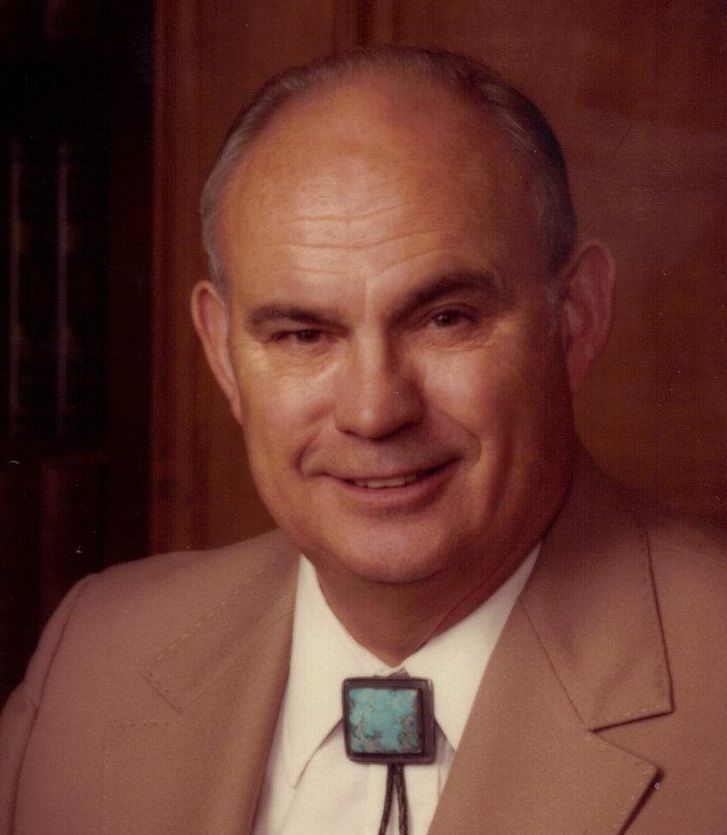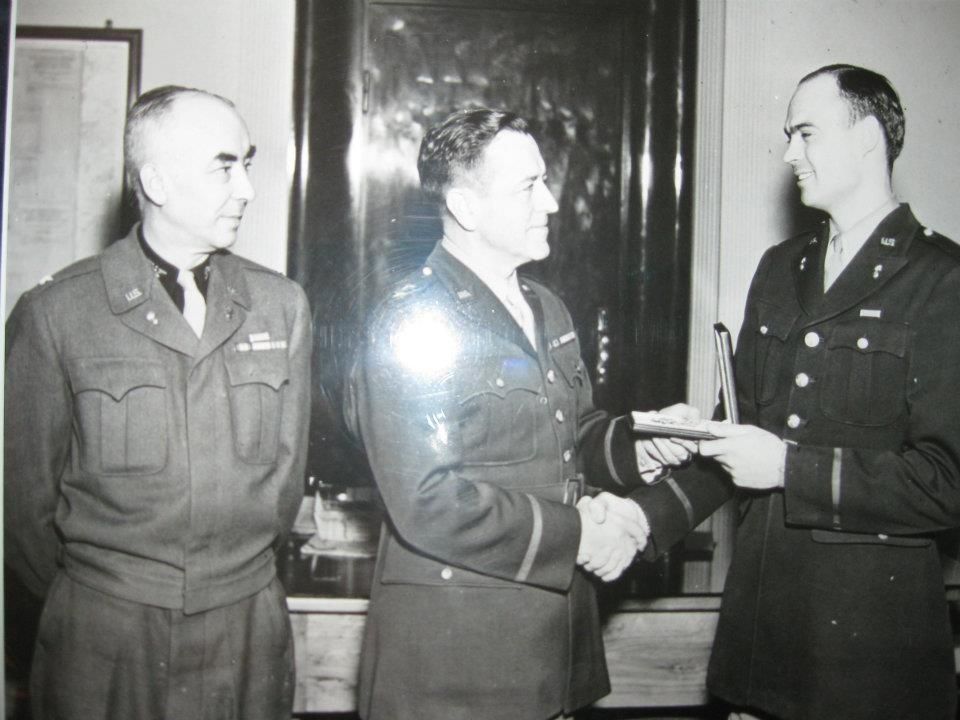The family moved to San Diego, California in 1922. In 1924, his brother, Robert C. Pellman was born. He acquired the nickname "Jack" in his grammar school years because of his remarkable resemblance to child film star, Jackie Cooper. He spent two years of his childhood in home quarantine after contracting tuberculosis—the disease that claimed the life of his Aunt Bea in 1925. For all of those two years, his mother walked to Florence Elementary School daily to deliver his completed lessons for the day and pick up his new assignments. After completing Florence Elementary School, he went on to Roosevelt Junior High School, and then San Diego High School. At San Diego High, young Jack was active in the ROTC and the Gens de Guerre. Shortly before his graduation in 1939 he received a congressional appointment to West Point and planned to be a career Army officer, but his childhood illnesses thwarted his ambitions. His history of tuberculosis and a heart murmur caused him to fail the physical for military service, and he was classified 4-F.
So, in early 1940 Jack went to work for a local furniture manufacturer in San Diego and began learning that trade. But his opportunity for military service was to come in a different guise. The Japanese attack on Pearl Harbor on 07 December 1941 prompted his reclassification to 1-A, and Jack was ordered to report for induction at Fort MacArthur near Los Angeles on 03 January 1942. After boot camp Jack was shipped off to England, where he was assigned to the Ammunition Supply Section, Ordnance Division, Transportation Corps at Cheltenham, where he rose quickly through the ranks to Tech Sergeant. His commanding officer thought Jack had gotten a raw deal, so he was recommended to Officer Candidate School at the American School Center at Swindon, where he was commissioned a 2nd Lieutenant on 07 October 1943. He was briefly given command of the ammunition supply depot #O-680 at Marston Magna, then moved back to the headquarters of the Traffic Control Branch to assist with the planning for the Normandy invasion. He completely revamped the way ammunition was shipped to the front lines, developing a system that ensured each fighting unit would receive the correct proportion of ammunition types for its array of weapons, saving countless Allied lives and earning him the Army's highest non-combat medal, the Legion of Merit (pictured as a virtual flower).
While stationed at the office of the Chief of Transportation, Jack met Joyce Willis, who served as secretary to the commanding officer. At the time, neither had any idea that the two would be married just two years later. Changes in duty assignments caused Jack and Joyce to be separated and reunited several times until the end of the war, when Jack was shipped home.
Upon returning home, Jack completed a bookkeeping course at the San Diego College of Business and landed a job as a bookkeeper at National Transfer & Storage Company. After he had been moping around the house for months complaining that he missed Joyce, his mother finally persuaded him to propose to her, which he did by telegram in April 1946. Joyce arranged an early discharge from the Army and caught the next available flight to the U.S. The two were married on 07 July 1946 at Mission Hills Methodist Church in San Diego and remained inseparable until Jack's death.
Jack's career in the moving industry advanced well. He passed the exam to become a Licensed Public Accountant (the forerunner of the CPA), and used his wartime transportation experience to revolutionize the moving and storage industry, becoming well known as one of the most influential pioneering figures in that field. With partner, Fred O'Reilly, he founded Mission Van & Storage Company in 1955. He later served as president of the National Furniture Warehousemen's Association and California Moving & Storage Association. In 1957 the company built the tallest concrete tilt-up structure erected to that date, then repeated the accomplishment with an even taller building completed in 1974. The company was the leading innovator in containerized shipment of household goods for decades, as well as the transportation of unusual and delicate cargo such as the original "Spirit of St. Louis" which they moved from the Ryan Aeronautical plant in San Diego to the Smithsonian Museum.
Jack retired from the moving industry in 1982, but suffered a debilitating stroke in June 1983 that left him completely paralyzed on the right side and severely speech-impaired. Nevertheless, he and Joyce travelled extensively in their motorhome for the next 15 years as members of the Handicapped Travel Club. Jack was also active in the Elks Lodge and VFW.
Jack passed away in his home while in hospice care for diabetes-related gangrene of his left leg on 25 August 2001, less than two months after celebrating his 55th anniversary with his beloved wife Joyce.
The family moved to San Diego, California in 1922. In 1924, his brother, Robert C. Pellman was born. He acquired the nickname "Jack" in his grammar school years because of his remarkable resemblance to child film star, Jackie Cooper. He spent two years of his childhood in home quarantine after contracting tuberculosis—the disease that claimed the life of his Aunt Bea in 1925. For all of those two years, his mother walked to Florence Elementary School daily to deliver his completed lessons for the day and pick up his new assignments. After completing Florence Elementary School, he went on to Roosevelt Junior High School, and then San Diego High School. At San Diego High, young Jack was active in the ROTC and the Gens de Guerre. Shortly before his graduation in 1939 he received a congressional appointment to West Point and planned to be a career Army officer, but his childhood illnesses thwarted his ambitions. His history of tuberculosis and a heart murmur caused him to fail the physical for military service, and he was classified 4-F.
So, in early 1940 Jack went to work for a local furniture manufacturer in San Diego and began learning that trade. But his opportunity for military service was to come in a different guise. The Japanese attack on Pearl Harbor on 07 December 1941 prompted his reclassification to 1-A, and Jack was ordered to report for induction at Fort MacArthur near Los Angeles on 03 January 1942. After boot camp Jack was shipped off to England, where he was assigned to the Ammunition Supply Section, Ordnance Division, Transportation Corps at Cheltenham, where he rose quickly through the ranks to Tech Sergeant. His commanding officer thought Jack had gotten a raw deal, so he was recommended to Officer Candidate School at the American School Center at Swindon, where he was commissioned a 2nd Lieutenant on 07 October 1943. He was briefly given command of the ammunition supply depot #O-680 at Marston Magna, then moved back to the headquarters of the Traffic Control Branch to assist with the planning for the Normandy invasion. He completely revamped the way ammunition was shipped to the front lines, developing a system that ensured each fighting unit would receive the correct proportion of ammunition types for its array of weapons, saving countless Allied lives and earning him the Army's highest non-combat medal, the Legion of Merit (pictured as a virtual flower).
While stationed at the office of the Chief of Transportation, Jack met Joyce Willis, who served as secretary to the commanding officer. At the time, neither had any idea that the two would be married just two years later. Changes in duty assignments caused Jack and Joyce to be separated and reunited several times until the end of the war, when Jack was shipped home.
Upon returning home, Jack completed a bookkeeping course at the San Diego College of Business and landed a job as a bookkeeper at National Transfer & Storage Company. After he had been moping around the house for months complaining that he missed Joyce, his mother finally persuaded him to propose to her, which he did by telegram in April 1946. Joyce arranged an early discharge from the Army and caught the next available flight to the U.S. The two were married on 07 July 1946 at Mission Hills Methodist Church in San Diego and remained inseparable until Jack's death.
Jack's career in the moving industry advanced well. He passed the exam to become a Licensed Public Accountant (the forerunner of the CPA), and used his wartime transportation experience to revolutionize the moving and storage industry, becoming well known as one of the most influential pioneering figures in that field. With partner, Fred O'Reilly, he founded Mission Van & Storage Company in 1955. He later served as president of the National Furniture Warehousemen's Association and California Moving & Storage Association. In 1957 the company built the tallest concrete tilt-up structure erected to that date, then repeated the accomplishment with an even taller building completed in 1974. The company was the leading innovator in containerized shipment of household goods for decades, as well as the transportation of unusual and delicate cargo such as the original "Spirit of St. Louis" which they moved from the Ryan Aeronautical plant in San Diego to the Smithsonian Museum.
Jack retired from the moving industry in 1982, but suffered a debilitating stroke in June 1983 that left him completely paralyzed on the right side and severely speech-impaired. Nevertheless, he and Joyce travelled extensively in their motorhome for the next 15 years as members of the Handicapped Travel Club. Jack was also active in the Elks Lodge and VFW.
Jack passed away in his home while in hospice care for diabetes-related gangrene of his left leg on 25 August 2001, less than two months after celebrating his 55th anniversary with his beloved wife Joyce.
Inscription
1st Lt US Army, World War II
Gravesite Details
Legion of Merit (USA's highest non-combat award), awarded to John A. Pellman "for exceptionally meritorious conduct in the performance of outstanding services as assistant in the Traffic Control Branch, Depot Section, Ammunition Supply Division, Ord
Family Members
Sponsored by Ancestry
Advertisement
Explore more
Sponsored by Ancestry
Advertisement
